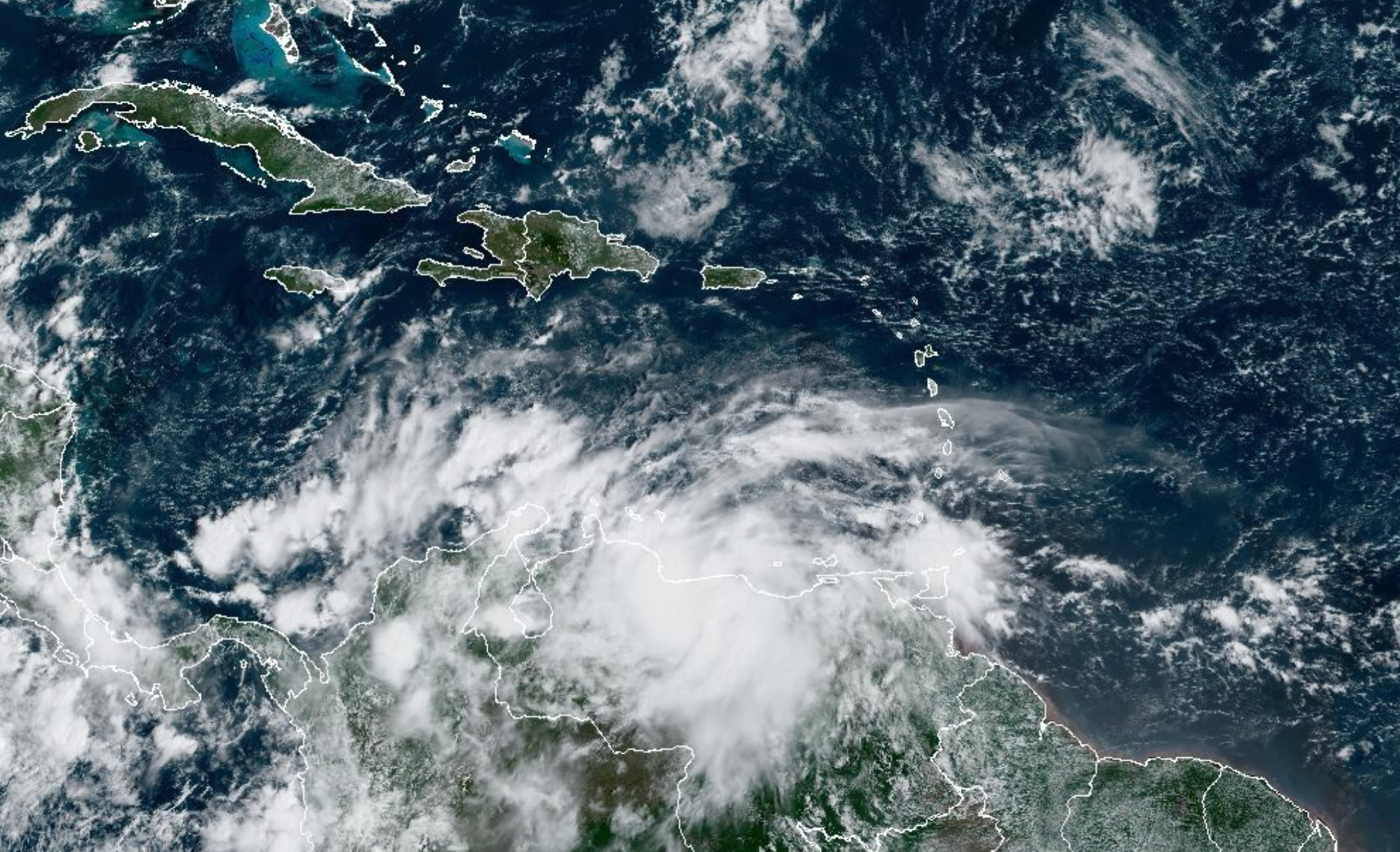Potential Category 1 hurricane on track to hit Nicaragua
The storm is expected to reach hurricane status by Sunday as it near Central America
A storm system in the Caribbean is on track to reach Nicaragua this weekend as a hurricane, the US National Hurricane Center (NHC) warned on Thursday.
The storm, which has not yet formed a tropical depression, would likely be named “Julia” if it becomes at least a tropical storm, a cyclone with wind speeds of 39 miles per hour (63 kilometres per hour) or greater.
The system is forecast to reach tropical storm status by Friday morning and strengthen into a Category 1 hurricane before making landfall in Nicaragua on Sunday.
NHC is cautioning that “heavy rains, and the potential for flash flooding and mudslides” could hit Central America this weekend.
The storm is currently dubbed “Potential Tropical Cyclone Thirteen”. As it moves west, parts of Colombia, Venezuela and some southern Caribbean islands may see “heavy rainfall” and “life-threatening flash flooding”, NHC adds.
By the time it makes landfall on Nicaragua’s east coast, the storm could bring six to 10 inches (15 - 25 centimetres) of rainfall in parts of the country, with isolated spots receiving up to 16 in (41 cm). The storm’s potential path could then bring severe weather to Honduras, El Salvador, Guatemala, Belize and southern Mexico as it weakens into a tropical depression.
The 2022 hurricane season in the Atlantic got off to a slow start but has shifted gears into an active and destructive season. If this storm follows the expected forecast, it would become the fifth hurricane of the year in the Atlantic.

The National Oceanic and Atmospheric Administration (NOAA) had predicted an “above-normal” hurricane season, with between six and 10 hurricanes, including three to five “major” hurricanes – meaning Category 3 or higher.
So far, just Fiona and Ian have reached major hurricane status, each becoming Category 4 storms. Both hurricanes caused immense destruction after making landfall, together killing more than 100 people and leaving large areas of Puerto Rico and Florida still without power.
The Atlantic Hurricane season begins in June and lasts through November, normally peaking in mid-September.
Join our commenting forum
Join thought-provoking conversations, follow other Independent readers and see their replies
Comments


Bookmark popover
Removed from bookmarks